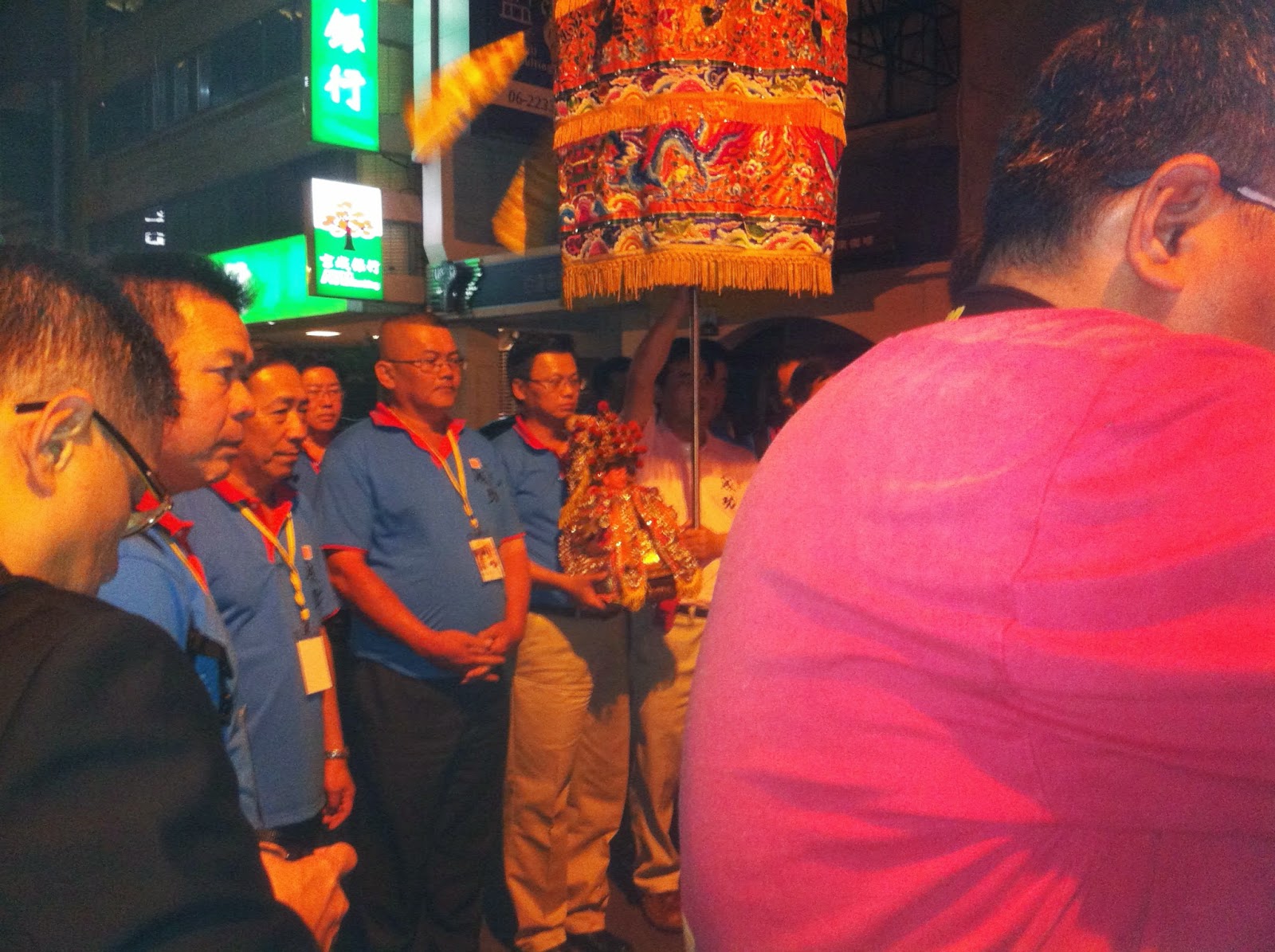In 2008, an old map was rediscovered in the Bodleian Library of Oxford University, after more than 350 years of neglect. It is now known as The Selden Map of China, named after its donor John Selden (1584-1654). The map appeared to have been made in ca 1624. After extensive restoration, it is now on display and also available on line, see:
http://seldenmap.bodleian.ox.ac.uk/map
Tonio Andrade has proposed in his book, "Lost Colony: the Untold Story of China's First Great Victory over the West" (2011 Princeton Univ Press), that the map might have been created by the Cheng Family, perhaps under the supervision of 鄭芝龍Cheng Zi-long (p 23). If true, then Selden's Map is actually the Cheng Map of China, 鄭芝龍航海圖.
Of particular interest are the markers denoting Taiwan which appears as two islands on the map. The one in the north 北港 might be the seaport of the same name in modern-day Yun-lin; although it could also be an ancient now disused name of Taiwan. In the south, 加里林 appeared to be the now 佳里 in Tainan. There are also several small islands off the north shore. They were probably Keelung or the 宮古群島. To the west of Taiwan was of course Hokkien with the major cities clearly marked out. 泉州 was the home base of the Cheng Clan.
Tomothy Brook in his "Mr. Selden's Map of China" (Bloomsbury Press, 2013) has suggested that the map "could have had impact on European cartographers" but didn't, for "by the time the map is on display in Oxford, it was too late to make any difference". How true.
Oddly, as far as the relationship between 鄭芝龍 and his mentor 李旦, Brook quoting from Andrade, as one of an unconfirmed homosexual nature. Much like the putative rape of Koxinga's mother Lady Weng, insinuating someone has been sexually violated is a traditional Chinese insult, a way of tarnishing his or her reputation. The official Qing history is fairly dubious in its claims when it comes to the Cheng Clan; unfortunately, the lies are still being perpetuated by students of this part of the history.














